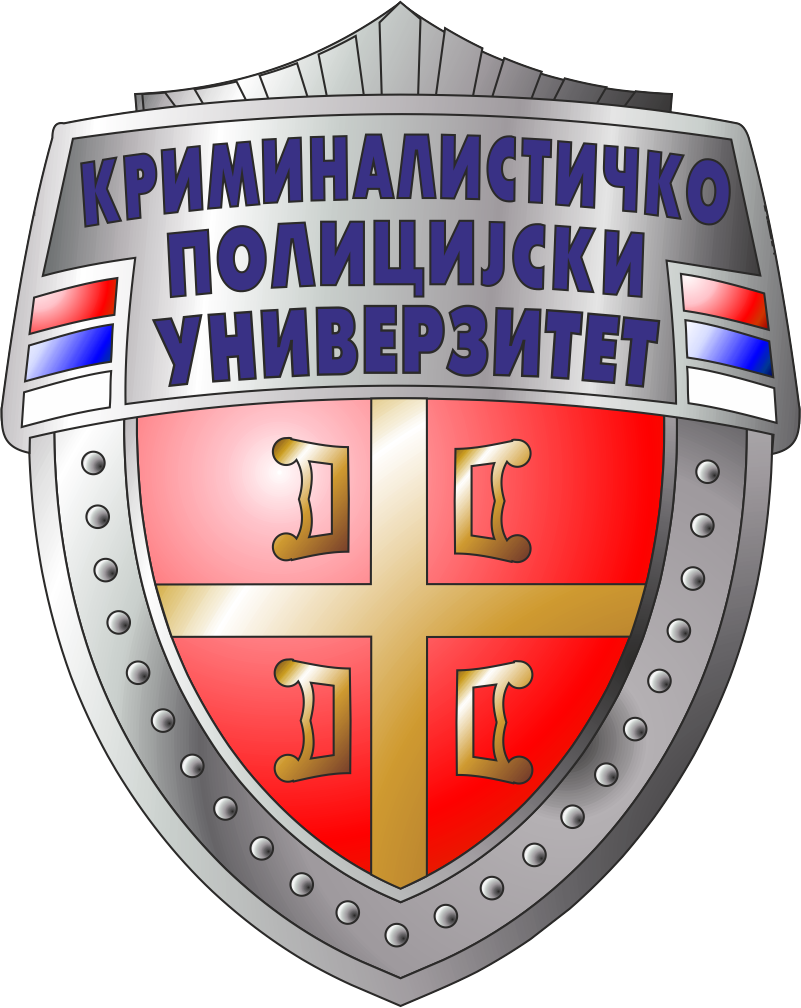Приказ основних података о документу
Teaching spread spectrum in the course Telecommunication Systems using Octave
| dc.creator | Čisar, Petar | |
| dc.creator | Odry, Peter | |
| dc.creator | Maravić Čisar, Sanja | |
| dc.creator | Stankov, Gordana | |
| dc.date.accessioned | 2023-12-07T12:22:41Z | |
| dc.date.available | 2023-12-07T12:22:41Z | |
| dc.date.issued | 2020 | |
| dc.identifier.issn | 1099-0542 | |
| dc.identifier.uri | http://jakov.kpu.edu.rs/handle/123456789/1521 | |
| dc.description.abstract | Spread spectrum is a technique used for transmitting telecommunications signals. This topic is relatively complex and can be challenging for students. Thus, programming language Octave has been introduced in the course curriculum of Telecommunication Systems as one of the powerful tools that aid in student understanding of the spread-spectrum principles. The purpose of this paper is to elaborate on the teaching method of spread-spectrum technique and its application in telecommunications, with the aim to make this topic understandable to students. The participants of the experiment were fifth-semester electrical engineering students (N = 86) at a college of applied sciences. To test the previous knowledge of students needed to understand the theory of spread spectrum, a pretest was carried out which refers to general terms from the fundamentals of telecommunications. With the aim to deeper apprehend the necessary theory from this area, the students had to solve examples from engineering practice using open source software Octave, as well as computational tasks, regarding both methods in spread-spectrum technology. It has been shown that thanks to the visualization of appropriate material, students of the experimental group understood in more detail the method of generating spread-spectrum signals and the influence of individual parameters on partial signals, in relation to students who did not have the opportunity to use Octave. The results of the research lead us to conclude that software like Octave should be included in courses like Telecommunication Systems as a supplement to the traditional teaching and learning methods. | sr |
| dc.language.iso | en | sr |
| dc.publisher | Hoboken; NJ : John Wiley & Sons, Inc. | sr |
| dc.publisher | Chichester, West Sussex : John Wiley & Sons Ltd. | sr |
| dc.rights | restrictedAccess | sr |
| dc.source | Computer Applications in Engineering Education | sr |
| dc.subject | higher education | sr |
| dc.subject | Octave | sr |
| dc.subject | software visualization | sr |
| dc.subject | spread spectrum | sr |
| dc.subject | technology in a classroom | sr |
| dc.title | Teaching spread spectrum in the course Telecommunication Systems using Octave | sr |
| dc.type | article | sr |
| dc.rights.license | ARR | sr |
| dc.citation.volume | 28 | |
| dc.citation.issue | 2 | |
| dc.citation.spage | 367 | |
| dc.citation.epage | 383 | |
| dc.identifier.doi | 10.1002/cae.22199 | |
| dc.type.version | publishedVersion | sr |


